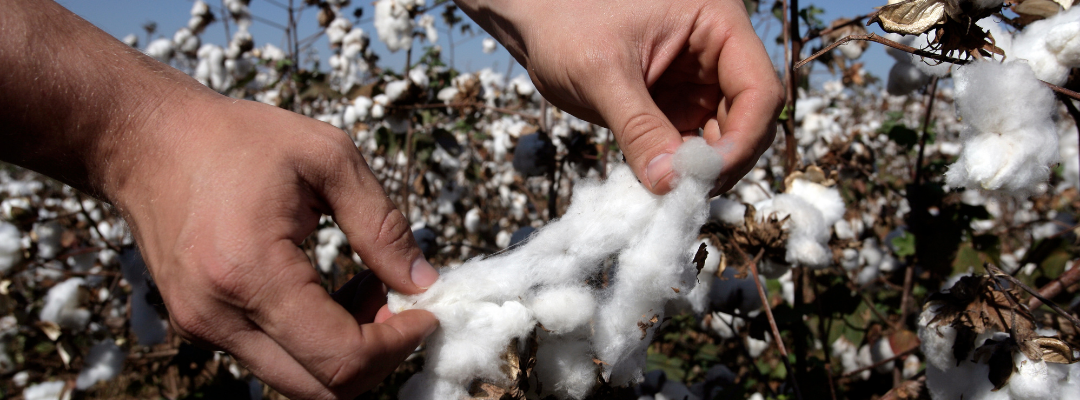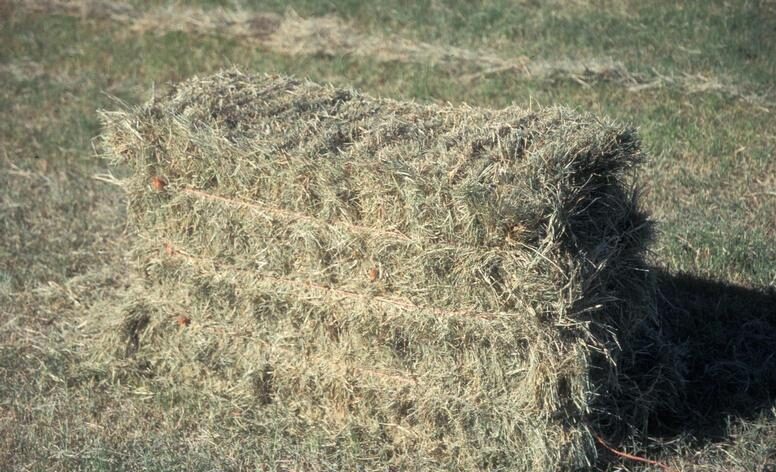Environmental Quality Incentives Program (EQIP) has been a very popular program with livestock producers for many years. EQIP is a working lands conservation program administered by the Natural Resources Conservation Service (NRCS) to provide conservation programs for farmers, ranchers, and forest landowners. It’s meant to help producers improve water and air quality, build healthier soils, and improve wildlife habitats by providing both financial and technical assistance. The good news for livestock producers is that fifty percent of the EQIP funding is mandated for livestock related practices.
Some practices that cattle producers may find beneficial are fencing, cross fencing, forage harvest management, heavy use area protection (gates, feeding areas), herbaceous weed control, pasture and hay planting, nutrient management, livestock shelter protection, prescribed grazing, watering facilities.
Other practices that are livestock related are in the following list. (This is not a complete list.)
Access control
Animal mortality management
Brush management
Composting facility
Conservation Crop Rotation
Constructed Wetland
Contour Farming
Dam
Energy Efficient Agricultural Operation, Insulation, lighting
Firebreak
Groundwater testing
Irrigation
Land Clearing
Livestock Pipeline
Obstruction Removal
Organic Management
Pond
Short term storage of Animal waste and By-products
Silvopasture
Sinkhole Treatment
Stream crossing
Watering Well
Woody Residue treatment
Many of the eligible practices might also overlap with production systems related to carbon payment opportunities. If you are thinking about carbon options, it might be worth exploring the potential for EQIP participation. Several past SAT articles have discussed carbon programs and contracts here.
There are many practices that NRCS can provide financial and/or technical assistance that is beneficial for environment and sustainability. Look at the EQIP page for more information.
https://www.nrcs.usda.gov/programs-initiatives/eqip-environmental-quality-incentives
Here are some important points to keep in mind in learning more about EQIP.
To get started, you need to register with the Farm Service Agency to participate in the USDA programs.
Even though the deadline for signing up for is typically the end of October or early November, producers are encouraged to sign up any time during the year.
Available practices and practice standards can vary by state and by year so check with you local NRCS office to see what is available in your area. State contacts can be found at:
https://www.nrcs.usda.gov/conservation-basics/conservation-by-state
Finally, get to know you’re the local USDA staff at your USDA service center or offices. They can provide valuable information on how best to get assistance for the programs that are offered.
Runge, Max. “EQIP Overview for Livestock Producers.” Southern Ag Today 3(52.2). December 26, 2023. Permalink







